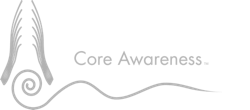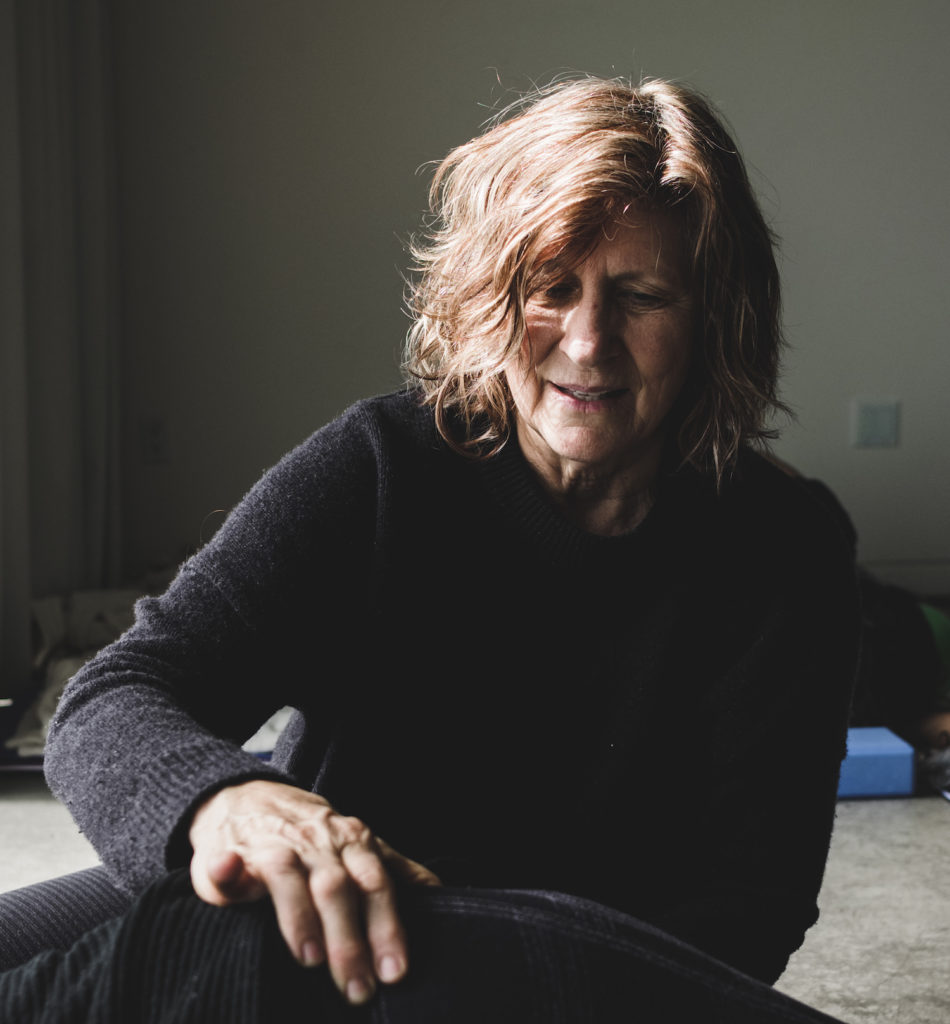Q: I ordered your book last night and am looking forward to reading it. I guess what I am wondering is should I wait to read the book before signing up for the workshop? Money is really tight for me right now, but I am also desperate to get to the bottom of what my hip/back issue is. I am 34 years old and have been living with this for over a year now and it greatly affects my quality of life. I have had to greatly curtail my physical activity; I cannot sit or stand comfortably for long periods of time, etc. When my physical therapist massages my psoas I feel it in pretty much all of the places that bother me. I already have a number of prescribed core strengthening activities from him. I just can’t seem to get beyond the discomfort of “engaging” it. Thank you for any more insight/information.
A: You might want to wait until you have read The Psoas Book (especially if money is tight) before attending a workshop. Reading the book is a pre-requisite and it is possible to purchase a student copy for less, while registering for a workshop, but for now it can offer you some insight.
I require the book be read before attending a workshop, because it gives the intellectual foundation for the workshop experience. It explains how to release the psoas (as do many of the free articles on my web site, so you can get going right away!).
I advise against non-manipulation and noninvasive techniques, so I do not recommend having your psoas muscle “worked on,” whatever that means. Depending on the type of work, invasive techniques can bruise the muscle, cause abdominal hernias, and cause breakage of arteries.
The psoas, even at its most superficial level at the hip socket, is still located below abdominal muscle, large intestine, and a major artery! Most importantly it is not necessary to palpate the psoas for it to release. Manipulation is counter productive to its innate functioning.
The psoas is part of your fear reflex and invasive techniques trigger its innate response. The psoas tightens when there is dysfunction in the skeletal and Proprioceptive (nervous) system, basically by helping to provide skeletal support. When the SI joints of the pelvis are compromised for example, the psoas steps in, so to speak, to help protect and support. Before you will be able to engage the psoas properly you will first need to release and heal the trauma that caused it to tighten or shorten.

